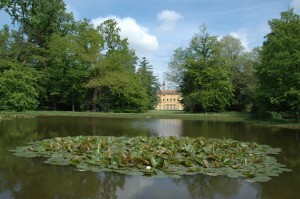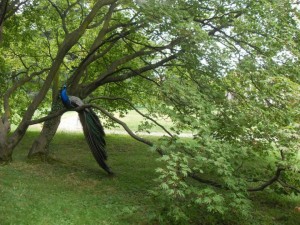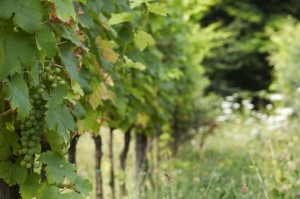The centuries-old park of Villa Annoni was probably outlined by Zanoia himself, although the current form was defined over the following years.
The 23 hectares wide park landscape, is organized into two main areas: on the right side, developing a charming ‘English’ garden, while on the left is a later created “Italian” one. Vegetation development is the main difference between the twos:
the ‘English’ landscape garden, very much in vogue in the neoclassical period, as able to arouse “romantic” atmosphere, is more dense and offers tortuous paths with numerous emotional panoramic outlooks. This side is rich on tall monumental and ancient trees and also a dominated by lush vegetation hidden cave.
While, in the italian one, we find a controlled and organized planting and growth according to a geometric precise pattern.
In the middle of the two gardens, the so-called “telescope perspective” area was created; an open straight space that allows to enjoy an emotional view, which rolls in between the two arbored sides, from villa to the farest side of the park, where stands a neo-classical temple. The temple, located on a mezzanine floor to the opposite side of the park, is home to a bust dedicated to Alessandro Annoni.
In the park there are also curious small edifications, once destined to the observation of birds and for their hunting, but also for the recovery of numerous deers, roe-deers and other animals, which once lived in here.
Villa Annoni’s park is also valuable for his trees species: above all, the Cedar of Lebanon, a protected monumental tree, 24 mt high and 5 wide, probably planted in 1809.
Here’s where the botanical trail starts and spreads all over the monumental trees side of the park. Japanese Maples, Atlantic Cedars, Yew-Trees are just few of those trees which can be approached on the walk.
In the park, also a traditional vineyard is cultivated, mainly an experiment of different grapes, which annually produces about one hundred bottles, and it’s called “baragiö”.







